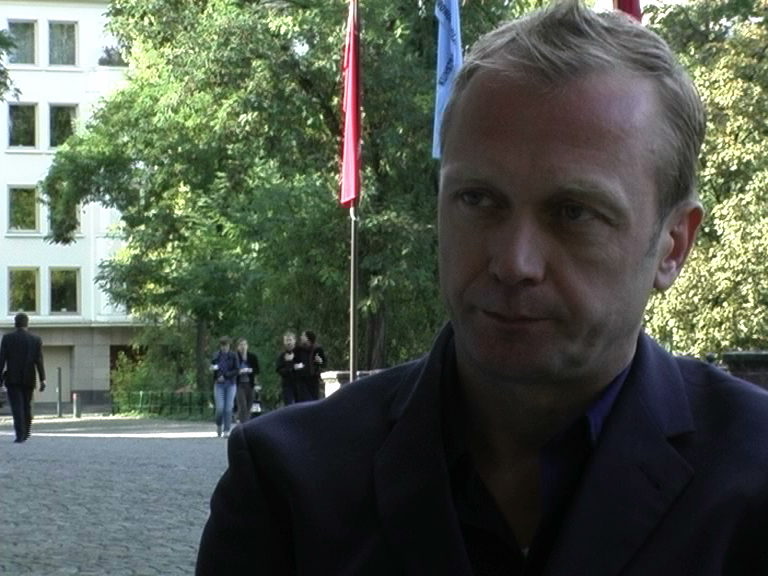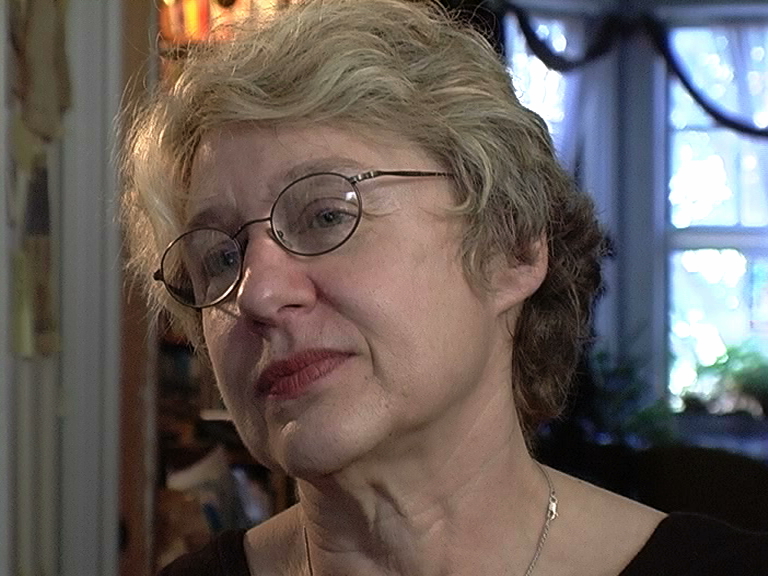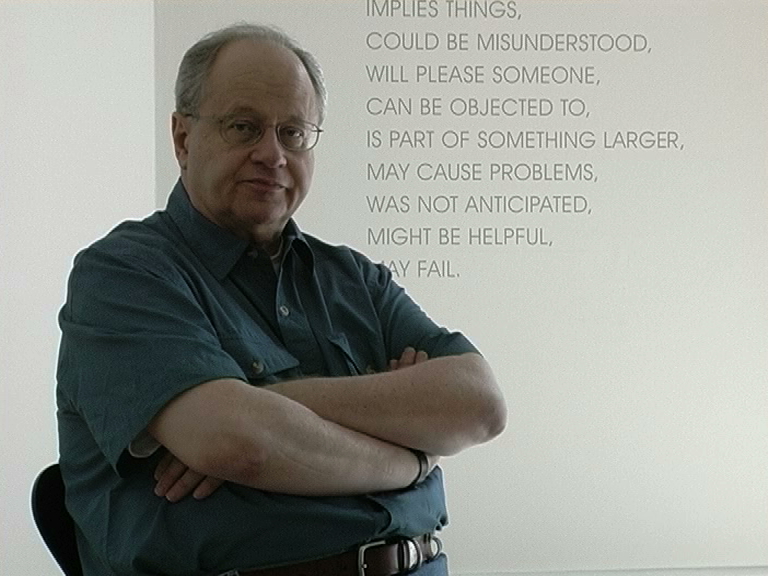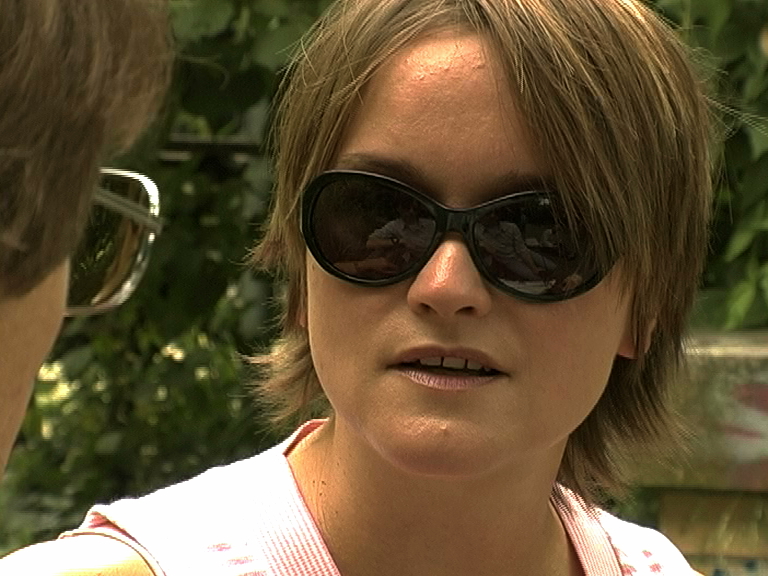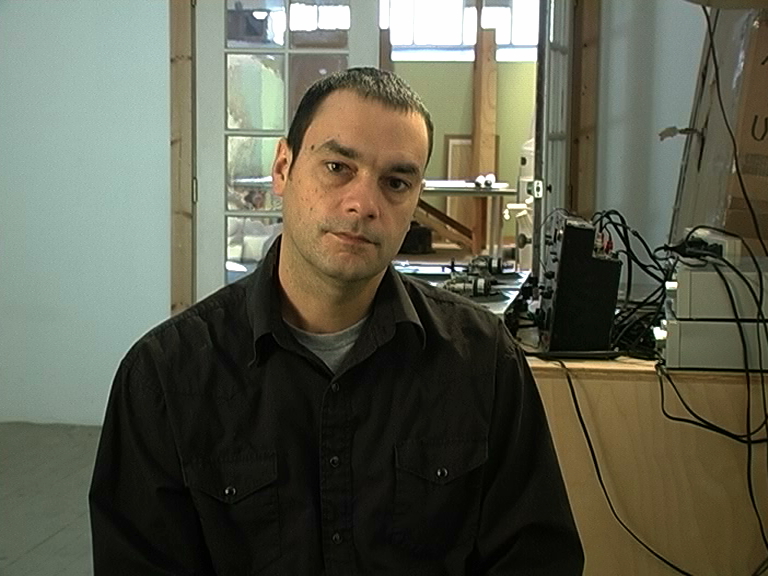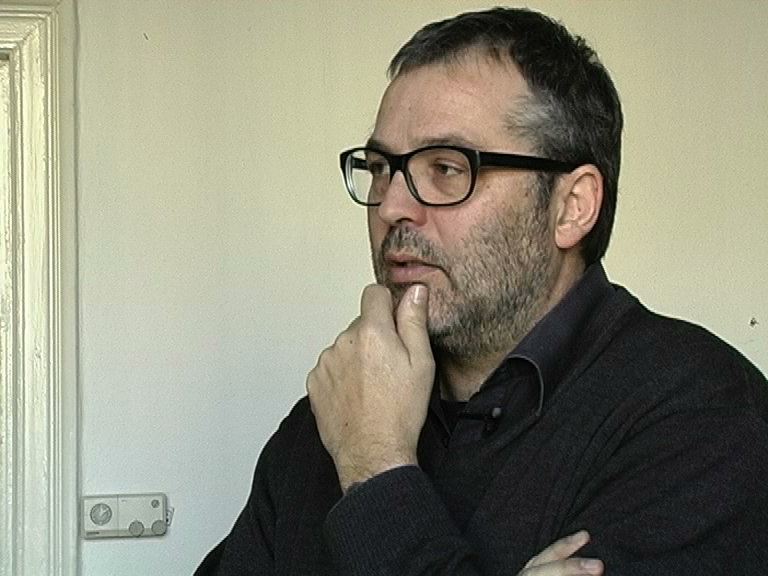S.R.: What was the strongest influence on your work, artistically or scientifically?
M.D.: I think for me the strongest influence on my work was really when I was able to put two separate worlds together. One world, when I was learning in school and studying, was the ability to use a critical vocabulary and learn about critical approaches to thinking about not only art but also history and gender politics, contemporary issues, and at a certain point it felt very academic for me applying these principles to art, because I had this other life, which was really thinking about nature, spending time out of doors. I was involved in a different kind of culture of nature. And it wasn’t until where I understood how I could bring together these two different things, a kind of intellectual critical approach to art making and to thinking about culture, and the notion of applying that to the culture of nature as opposed to applying it exclusively to art, to the culture of art, to actually use this kind of tool bag I had learned in school, these kind of critical tools, to the things I really cared the most about. That’s when things came together for me. I would say it was really the critical approach and then applying it to the things I cared most about, which was the culture of nature.
S.R.: Which practice in the history of art is your favorite and can be conceived as your favorite?
M.D.: It’s difficult to isolate a practice, and also I’m not sure if I feel confident that a lot of the terms we use to describe practices really fit them very well. But I think that in some ways something comes together for me around ideas that we would call Conceptualism, and also where the Conceptual art ends, maybe Earth Art sort of come together and some of these people. A whole handful of artists, everyone from Smithson to Hollis Frampton to people like Weiner, Kosuth, more like people you think about in the conceptual tradition. I think in some way that functioned for me. On the other hand there were also people coming from a documentary practice in film-making, people like Godard, and people coming out of the British film studies like Laura Mulvey or Peter Wollen, so writers as wells as filmmakers, and also the equivalent of that in looking at photography, so people like Allan Sekula, Martha Rosler… I don’t know, is that late conceptualism? I don’t really know. It would be hard for me to put a specific term on it. Smithson was important to me, of course, largely because of his ability to take the art discourse and overlay it onto another discourse: geology, you know, the science of time. In some way that was a very important model for me, to take a certain kind of very complex, critical practice and apply it to a field which is entirely not related to art, like geology. You can’t really understand Smithson unless you understand a little bit about geology. Geology is not really about studying rocks but about studying time.
S.R.: Is there a concrete goal, or how would you conceptualize it?
M.D.: It’s hard to think about art making as goal-oriented, and I don’t think about individual pieces as goal-oriented, but I think about my whole practice as an artist as a group of activities that are unified around a central field of interest which is really about looking into the history of the representation of nature, almost in a kind historical way, to help understand our attitudes. What are the roots of our attitudes and in our behavior in relationship to the thing called “nature” now. Tracing back some aspects of what gets to stand for nature at a particular time for a particular group of people changes, and how that change is articulated through art and science, theology, the practice of landscape, a whole series of discourses that intersect on nature. I mean essentially it is an epistemological practice in some way, which is always looking back to sort of trace our footsteps to where we are now. How do we get here? How do the assumptions about the natural world – where do they come from, how are they derived? Sometimes people think my practice is a little bit, maybe, anachronistic but it’s more historical than anachronistic. I’m not talking about the “Golden Age” of nature; I’m always trying to put nature into a kind of historical perspective in some way. So my goal is really to understand the history of ideas about nature. My work isn’t about nature, it’s about ideas about nature, and to see how those things affect current attitudes, policies, expectations, assumptions. It’s largely a discursive practice.
S.R.: Do you think that the conceptual paradigms – if there is something like that – are still in function or can be still in function?
M.D.: I think some conceptual paradigms function, but I think there is a difference. Largely because of the – I don`t know how to call it other than the death of the avant-garde, the idea of – at a certain point the notion that each generation of artists is attempting to make the new art for the next millennium. That idea sort of crumbles, and people no longer presume this idea of making a kind of universalizing art that is going to be a model that supplants all others – like the model of the Renaissance for example, or some kind of model like that. I think that that notion of art as a more dynamic, even an evolutionary process – that model supplants the avant-gardist model somehow. Instead of working toward creating the new art, it’s much more emphasis on the working toward part without ever arriving. It does change somehow how conceptual models can function, because they always have to be put in brackets now.
S.R.: How could a new approach, or these brackets as you say, of contemporary, conceptual approach be realized as a theoretical approach?
M.D.: I think it is realized as a theoretical approach, but it’s realized through practice. You know that realization of these new models, the theoretical approach that is realizing them is art making. Maybe it‘s difficult when other people are trying to theorize them and trying to put them together, and when you start to begin to develop categories and when you start to begin to attempt to develop terms to talk about tendencies, you begin to have to force a lot of artists into categories that they don’t fit very comfortably in. I think the work itself that is being produced is the theoretical framework. When people try to place an artificial framework on it through a kind of criticism, which tends to be reductive in attempting to put things together, then you get into a lot of problems. It’s not so easy to make a lot of hard rules about a generation of artists who are consistent rule-breakers, and rule-formers, and rule-reformers. It’s difficult for me to even imagine people who at one point I would feel a very strong affinity to, two years later I find that they are doing exactly the opposite kinds of things. So I can imagine how – if there is a framework coming from outside of the work, it would have to be one that is very dynamic and mobile.
S.R.: One last question. This is maybe – for me it is very interesting to hear. How do you describe your typical daily work as an artist? Your ideal and your typical?
M.D.: How do I describe my typical daily work as an artist? Do I describe it to myself or to someone else?
S.R.: Yes, for yourself. I mean if you say, if you talk about the ideal model than you maybe take the ideal situation as you like it.
M.D.: Right.
S.R.: Not what you have to do. Or if you are a little bit skeptical and you say „Whoowhoowhoo“, then you…
M.D.: Well, of course ideally you are presented with a problem. You know the problem is having to make something at a particular place at a particular time, given your own back log of the things that you are engaged in, your own practice. You know whenever you travel, you are bringing your own conceptual luggage with you as well, and then having to negotiate a new place, a new space, a new body of concerns. I’m always trying to work not on individual expressions but a practice in a whole. So each exhibition is maybe akin to a battle in a larger war. Sometimes things go better than other times and you are able to correct what may be a deficiency in one project by overcompensating for that aspect in another project. But there is always a great deal of research involved in some of these projects. Sometimes, ideally you have enough time to do those, sometimes you don’t. That`s some of the biggest problems for me that I face in my work is that there is never really enough time to deal with things in a really adequate way, to get the amount of research I want to get done for a project. It’s always confounded by the amount of time you actually have to spend on a project. I’d rather be spending years on things that I’m spending months on. Those are some of the problems that I have to confront.
S.R.: Maybe the works would be much more, more and more complex.
M.D.: Maybe. That’s another reason to think more in terms of the practice than in terms of the individual expressions – it’s that in the practice I feel much more satisfied by my body of work than I do by any individual expressions of it. And also I think there is – I work in a lot of different kinds of venues. It`s true I work with galleries, then I work with museums and Kunsthalles and spaces like this but I also do public art. I also do sometimes practical, activist-oriented projects, I do projects with students, and I do whole other series of work, as well, which have different audiences and different ways of communicating in some way. And through the combination of all of those different strategies I feel somewhat satisfied by the practice.
S.R.: Okay. Thank you very much.
S.R.: What is your aim with your practice?
M.D.: The aim of my practice is largely to have a discursive function. That I want to look at the history of the culture of nature, to look into ideas that have formed nature. My work is not about nature, obviously it’s about ideas about nature, about how each society decides what gets to become nature and where it tells those stories. My approach is largely historical. I’m looking back at breaks in that historical narrative, I’m looking at paradigm shifts in that story. So, essentially, I’m trying to map where the ideas and the assumptions and the decisions that are made about what gets sustained – where do those things come from, what is the epistemology of these ideas, leading up to today, and also obviously functioning in a way that has concrete effects on the natural world of today? So I don’t just want to chart this discourse, I also want to produce it, I want to be part of that discussion. I think that my work is largely an attempt to put things into an historical framework and also to expand that historical framework. And to talk about today, by talking about the nature of these ideas.


























